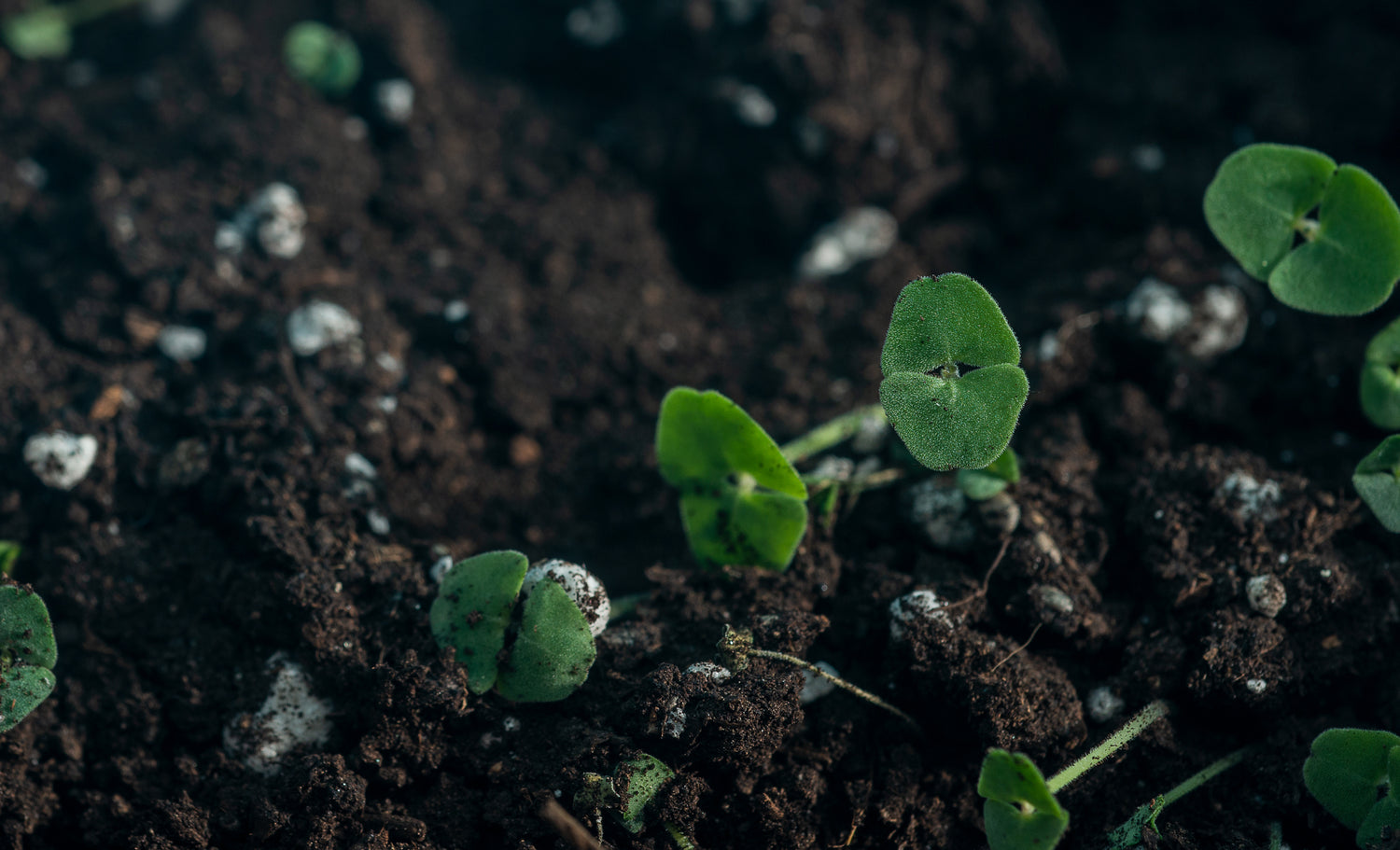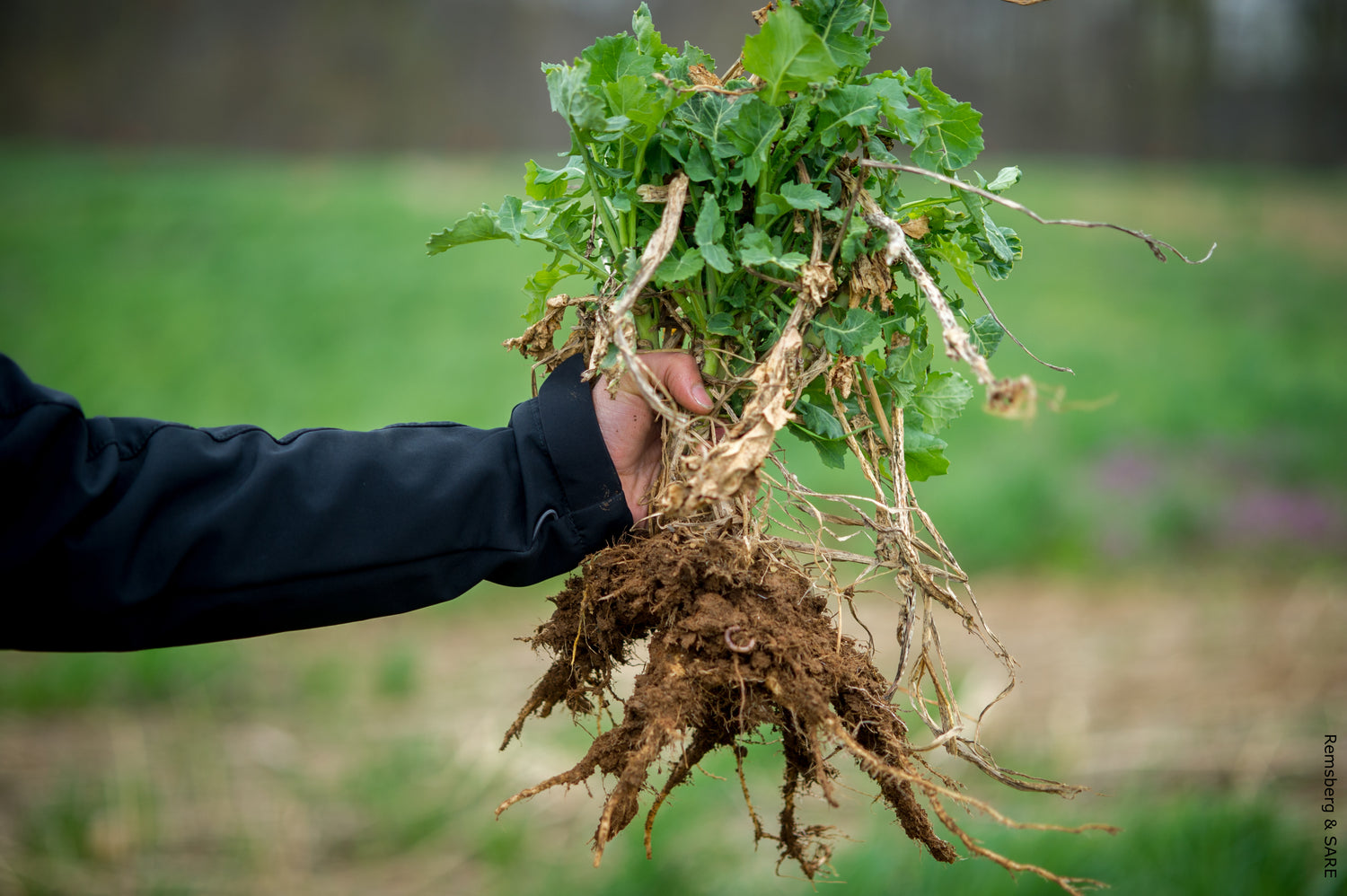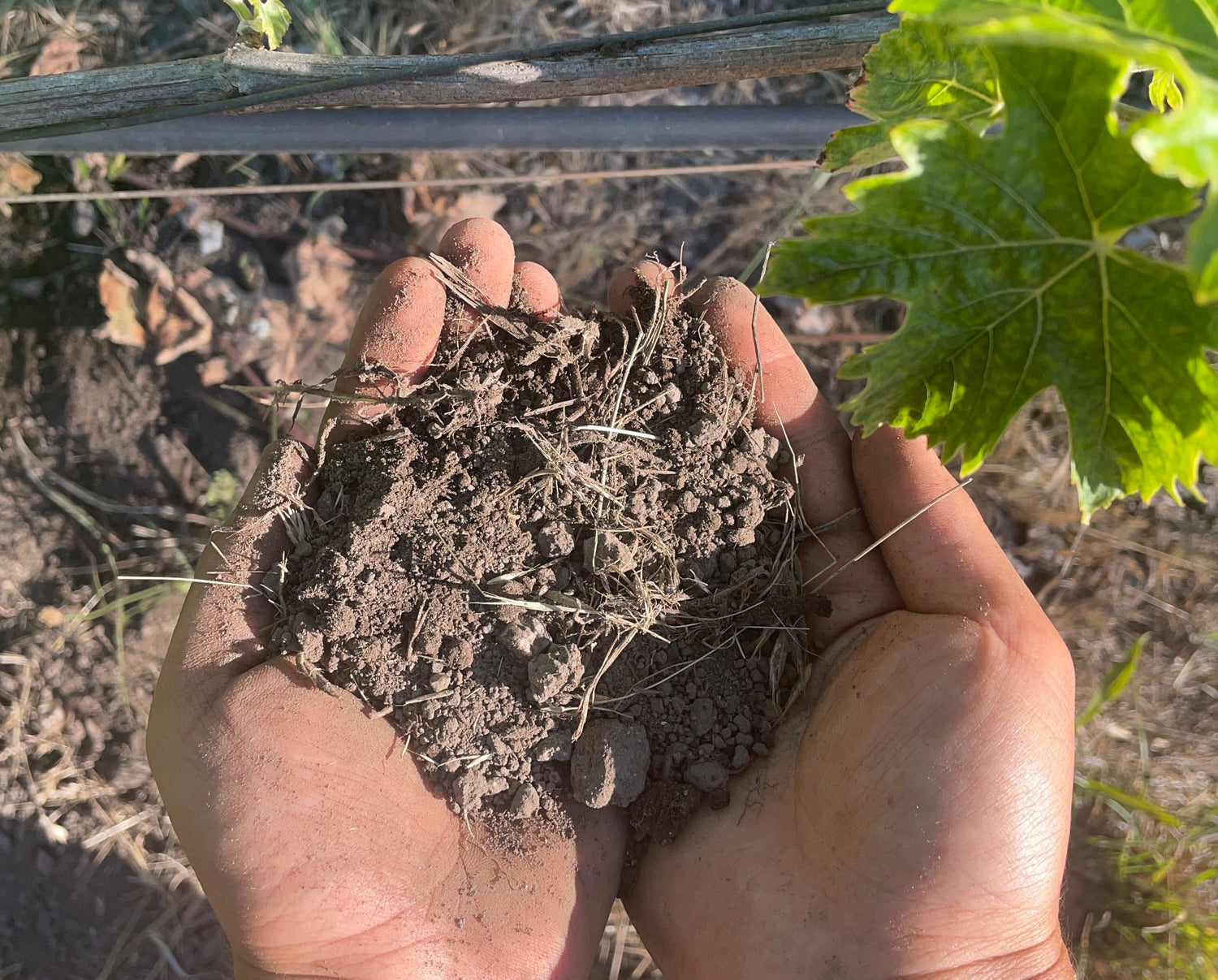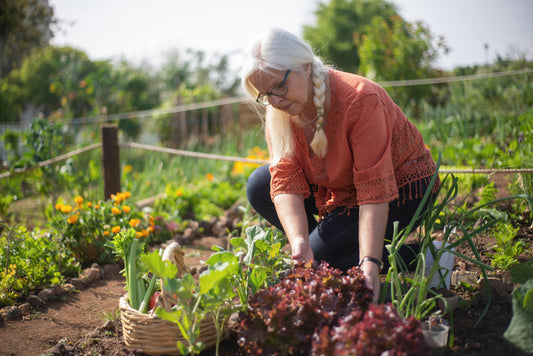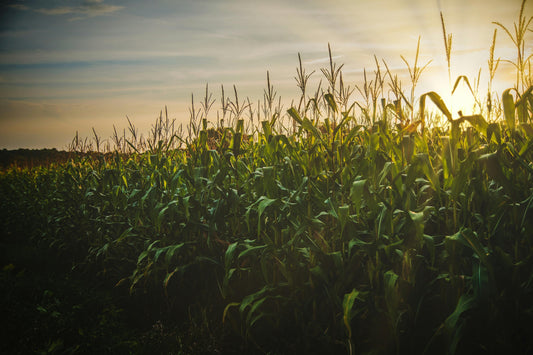Maine's glacial history, extensive forests, and coastal geography have created diverse soil conditions from acidic spodosols supporting vast coniferous forests to organic-rich histosols in wetlands, requiring specialized management for the state's agriculture and forestry industries.
Complete Guide to Maine Soil Types: 2025 Agricultural and Forest Management Resource
Maine's landscape features seven distinct soil types dominated by acidic Spodosols in forested areas, with Histosols in wetlands, fertile Inceptisols and Alfisols supporting agriculture, plus glacial till-derived soils requiring careful pH management and nutrient supplementation for optimal productivity.
Maine, with its sprawling forests, rocky coastline, and abundant agricultural lands, is home to a diverse range of soil types. These soils, shaped by the state's glacial history, varied climate, and topography, provide the foundation for Maine's rich agricultural heritage and thriving ecosystems. Understanding the different soil types in Maine is crucial for anyone involved in agriculture, gardening, forestry, or land management.
NRCS Soil Survey Framework for Maine
The USDA Natural Resources Conservation Service maintains comprehensive soil survey information for Maine through the Web Soil Survey system, providing critical data about soil characteristics, properties, limitations, and potentials. These surveys, collected by the National Cooperative Soil Survey over more than a century, form the foundation for land-use planning and natural resource management throughout the state.
Maine's soil surveys identify soil properties that affect land use, provide soil interpretations, and show detailed soil distribution maps essential for agricultural and forestry planning decisions.
Primary Soil Orders of Maine
Spodosols: Dominant Forest Floor Soils
Spodosols, also known as Podzols, are the most prevalent soil type in Maine, particularly in the northern and central regions. These acidic soils typically develop under coniferous forests, creating a distinctive profile characterized by a leached, ashy-gray layer beneath a dark, organic-rich surface layer, with subsoil often stained with iron and aluminum oxides.
These soils form in well-drained, sandy, or loamy parent materials under cool, humid conditions. Organic matter from decaying pine needles and forest litter contributes to soil acidity, which promotes mineral leaching. Spodosols are widespread across Maine's upland areas and northern regions, supporting vast tracts of spruce, fir, and pine forests.
While well-suited to forestry, their acidic nature and low fertility pose challenges for agriculture. However, with proper management including lime application to raise pH and organic matter additions, these soils can support specialized crops such as blueberries, which thrive in acidic conditions.
Histosols: Organic-Rich Wetland Systems
Histosols are organic soils composed primarily of decomposed plant material, appearing dark or black with characteristic spongy texture. These soils develop in poorly drained areas such as wetlands, bogs, and peatlands, remaining saturated with water for much of the year.
Formation occurs where water tables remain at or near the surface, creating anoxic conditions that inhibit plant material decomposition, leading to peat accumulation. In Maine, these soils are common in low-lying areas, particularly in coastal and central regions where cool climate and abundant precipitation create ideal formation conditions.
While important for carbon sequestration and unique ecosystems, their high water content and low bearing capacity make them unsuitable for most agriculture and construction. However, they support specialized crops like cranberries and provide harvested peat for soil amendments.
Inceptisols: Young, Developing Soils
Inceptisols are young soils with minimal horizon development, typically found in areas with steep slopes where soil erosion and deposition are ongoing processes. These soils exhibit varied texture from loamy to sandy or clayey, often demonstrating good drainage and moderate to high fertility.
Formation occurs across diverse environments from river valleys to mountainous regions. In Maine, they commonly develop in areas with active erosion and deposition along rivers, streams, and hillsides, with parent materials including glacial till, alluvium, and colluvium.
Due to their relatively young age and moderate fertility, Inceptisols are versatile, supporting diverse agricultural activities. They are particularly well-suited for growing potatoes, one of Maine's most important crops, as well as other vegetables and grains, with good drainage and fertility making them ideal for pastureland and forestry.
Alfisols: Fertile, Well-Structured Soils
Alfisols are moderately fertile soils that develop under deciduous forests, featuring well-developed profiles with distinct clay-enriched subsoil horizons. These soils are typically less acidic than Spodosols and have higher base saturation, making them more fertile and better suited for agricultural applications.
Formation occurs in areas with moderate to high rainfall, usually associated with hardwood forests. In Maine, they are found in southern and central parts of the state, particularly where parent material is rich in minerals like calcium and magnesium, often developing on glacial till or outwash plains.
Alfisols are among Maine's most productive soils, supporting diverse crops including corn, hay, and small grains. Their moderate acidity can be easily managed with lime applications, and their good structure and fertility make them ideal for both crop production and pastureland, while also supporting hardwood tree growth.
Entisols: Recent, Unconsolidated Soils
Entisols are young soils lacking well-developed horizons, forming in environments where soil development is limited by factors such as active erosion, deposition, or human activity. These soils exhibit wide textural ranges from sandy to clayey and are commonly found in river valleys, floodplains, and coastal areas.
In Maine, Entisols commonly occur along the coast, in river valleys, and in areas with active geological processes such as landslides or glacial activity. Parent material typically consists of unconsolidated sediments including sand, silt, or gravel.
Agricultural use varies widely depending on texture and organic matter content. In Maine, Entisols support vegetable production, particularly in fertile river valleys, and are important for coastal ecosystems supporting salt marshes and dune systems.
Andisols: Rare Volcanic Ash Soils
Andisols form from volcanic ash and related volcanic materials, typically appearing dark and highly fertile with unique mineralogy including high levels of allophane and imogolite. These soils demonstrate excellent water-holding capacity and are often rich in organic matter.
While Maine lacks significant volcanic activity, small pockets of Andisols can be found where volcanic ash has been deposited by wind or water transport. These rare soils occur in localized areas, particularly in northern Maine.
Due to their high fertility and excellent structure, Andisols are highly valued for agriculture. In Maine, they support diverse crops including potatoes, vegetables, and berries, with their superior water and nutrient retention capabilities making them particularly valuable in areas with limited rainfall.
Glacial Till: Foundation Parent Material
Glacial till represents a crucial parent material rather than a soil type, consisting of unsorted mixtures of clay, silt, sand, gravel, and boulders deposited directly by glacial ice. This material is widespread across Maine and significantly influences soil formation throughout the state.
Deposition occurred during the last Ice Age when glaciers covered much of Maine. As glaciers advanced and retreated, they left till blankets varying in thickness and composition, from thin and rocky in some areas to thick and loamy in others.
Soils derived from glacial till vary widely in fertility and texture. Areas with thin, rocky till may be poorly suited for agriculture, while areas with thicker, loamy till can be highly productive, supporting diverse crops, pastures, and forests with proper management including cover crops and organic amendments.
Maine Soil Testing and Management Resources
University of Maine Soil Testing Services
The Maine Agricultural and Forest Experiment Station Analytical Laboratory and Maine Soil Testing Service provides comprehensive soil analysis for nutrient content, organic matter, lead and other trace elements. The service analyzes soil, plant tissue, compost, manure, irrigation water, wood ash, fertilizers, and organic residuals at reasonable prices.
Maine soils tend to be acidic, and soil pH significantly influences nutrient availability to plant roots. A routine soil test helps manage mineral nutrition by checking levels of essential nutrients including nitrogen, potassium, phosphorus, calcium, magnesium, and sulfur, plus possible lead contamination screening.
University of Maine Cooperative Extension offices provide free soil test kits with processing fees around $20. The service participates in the North American Proficiency Testing program as part of quality assurance protocols, ensuring reliable analytical results.
Proper Soil Sampling Procedures
Effective soil sampling requires taking multiple samples (minimum 10) from different spots to fully represent each garden or field area. Sample depth should be 6-8 inches for gardens and 3-4 inches for turf, using clean tools and containers to collect and mix samples thoroughly.
Soil testing should be conducted at least once every three years, with fall testing preferred to allow time for amendments before the next growing season. All home garden samples are automatically screened for lead contamination due to health concerns.
Agricultural Applications and Management
Crop Suitability by Soil Type
Different Maine soil types support specific agricultural applications based on their characteristics. Spodosols are ideal for acid-loving crops like blueberries with proper pH management. Inceptisols and Alfisols excel for potato production, vegetables, and general field crops, while Histosols support specialized wetland crops like cranberries.
Understanding soil limitations and potentials enables farmers to select appropriate crops and management practices that work with natural soil characteristics rather than against them.
Soil Health Management Strategies
Maine's acidic soils typically require lime applications to achieve optimal pH levels for most crops. Organic matter additions through compost, manure, or cover crops improve soil structure, nutrient retention, and biological activity across all soil types.
The Maine Soil Testing Service provides soil biology add-on tests measuring microbial respiration over 24 hours, offering guidelines for managing soil organic matter quality to maintain productive, healthy soils.
Conservation and Environmental Considerations
Soil Health and Water Quality
Proper soil management protects Maine's water resources by preventing nutrient runoff and maintaining soil structure. Balanced fertilization based on soil test results saves money while preventing excess nutrients in the environment.
Different crops have varying nutrient requirements and root depths, making soil testing essential for developing appropriate nutrient management plans that protect both productivity and environmental quality.
PFAS and Contamination Concerns
Maine has developed specific protocols for PFAS (per- and polyfluoroalkyl substances) testing in agricultural soils, particularly in areas where sludge and septage land application may have occurred. The state provides guidance for homeowners concerned about soil contamination from various sources.
Professional Support and Resources
Extension and Technical Assistance
University of Maine Cooperative Extension county offices automatically receive copies of soil test results, enabling specialists and educators to provide phone consultations interpreting results and recommending management strategies.
Extension professionals offer expertise in crop selection, soil amendment recommendations, and sustainable management practices tailored to Maine's diverse soil conditions and agricultural systems.
Private Laboratory Services
In addition to university services, private laboratories like Woods End Laboratories in Augusta provide comprehensive soil testing programs with quick turnaround times and customized services for commercial operations throughout Maine and the northeastern United States.
Conclusion
Maine's diverse soil types reflect its varied landscape, climate, and geological history. From acidic Spodosols of northern forests to fertile Alfisols of central and southern regions, each soil type offers unique opportunities and challenges for land use. Understanding soil characteristics and distribution is essential for making informed decisions about agriculture, forestry, and conservation throughout the state.
Whether you are a farmer, gardener, or land manager, comprehensive knowledge of Maine's soils, combined with regular soil testing and appropriate management practices, will help maximize land potential while preserving natural beauty and ecological integrity for future generations.
Sources
- USDA Natural Resources Conservation Service. Web Soil Survey. https://websoilsurvey.nrcs.usda.gov/app/
- University of Maine Cooperative Extension. Know Your Soil: Testing Your Soil. https://extension.umaine.edu/publications/2286e/
- University of Maine. Analytical Lab and Maine Soil Testing Service. https://umaine.edu/soiltestinglab/
- Knox-Lincoln Soil & Water Conservation District. Test Your Soil. https://www.knox-lincoln.org/test-your-soil
- USDA Natural Resources Conservation Service. Soil Survey Geographic Database. https://www.nrcs.usda.gov/resources/data-and-reports/soil-survey-geographic-database-ssurgo
- USDA Natural Resources Conservation Service. Soil Surveys by State. https://www.nrcs.usda.gov/conservation-basics/natural-resource-concerns/soil/soil-surveys-by-state
- Green & Healthy Maine. How to Test Your Soil in Maine. https://www.greenhealthymaine.com/blog/how-to-test-your-soil
- University of Maine Cooperative Extension. Soil Testing Video Resources. https://extension.umaine.edu/new-farmers/resources/videos/soil-testing/







